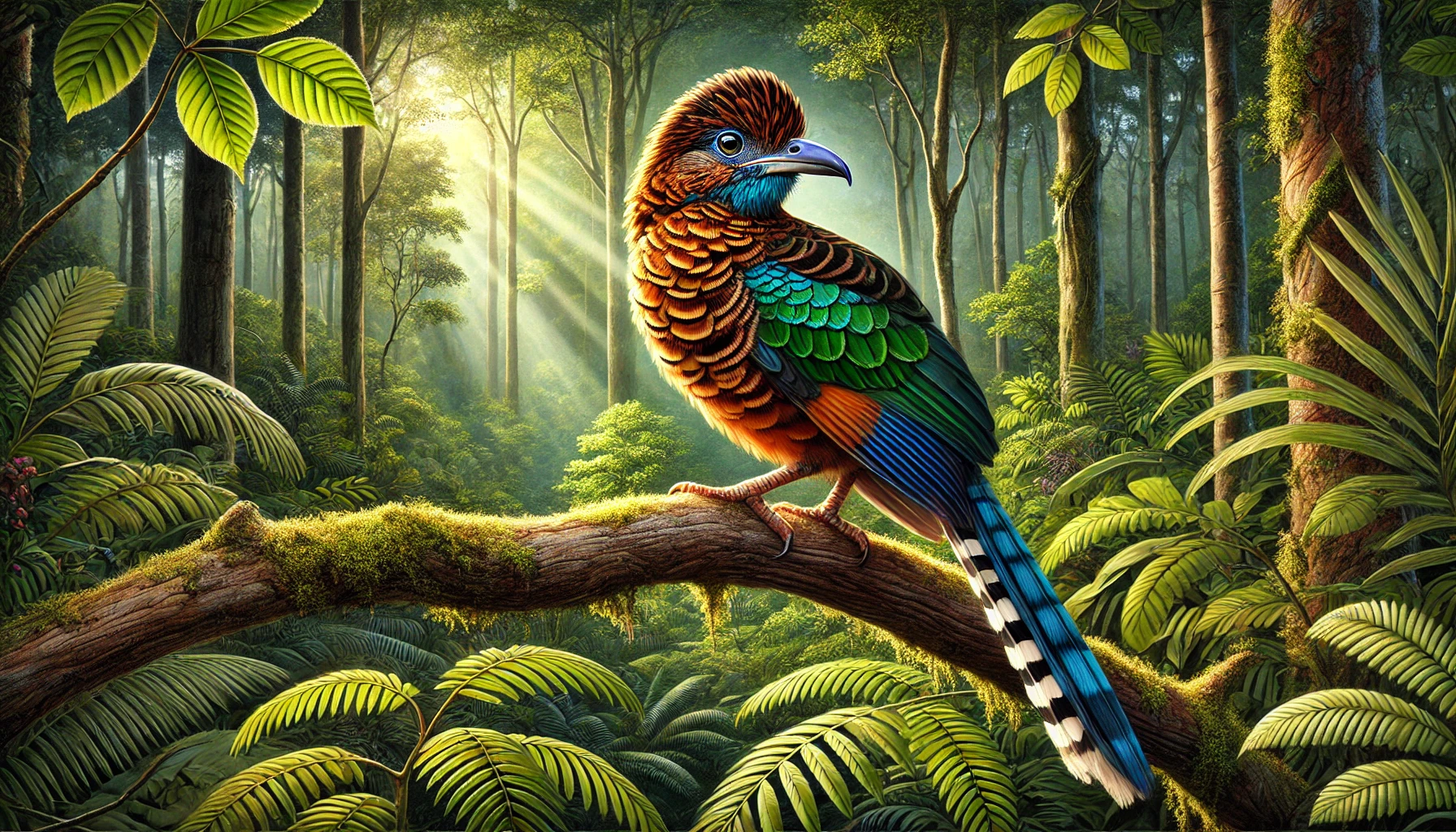The Hancock Bird has long captured the curiosity of bird enthusiasts, nature lovers, and scientists. Known for its distinct characteristics, this bird stands out among avian species. Its remarkable features, unique behaviors, and significance in the ecosystem make it a subject worth exploring.
Origins and Classification
The Hancock Bird belongs to a specific avian classification, though its exact taxonomic placement has been debated. Ornithologists have studied its lineage extensively, identifying traits that set it apart. Its feathers, beak shape, and size contribute to its distinctiveness. The bird’s origins can be traced back to regions where diverse ecosystems provide ideal living conditions.
Physical Characteristics
One of the most striking features of the Hancock Bird is its plumage. Its feathers display a mix of colors that allow it to blend into its surroundings effortlessly. The bird’s beak is designed to suit its diet, making it efficient in gathering food. Additionally, its wingspan enables swift flight, which aids in escaping predators. Despite its relatively small size, this bird exhibits remarkable agility.
Habitat and Distribution
The Hancock Bird thrives in specific environments that offer suitable food sources and protection. Forested areas, wetlands, and grasslands serve as its primary habitats. Certain climatic conditions are preferred, ensuring that the bird can survive and reproduce successfully.
Although the bird is commonly found in select regions, its adaptability allows it to inhabit a variety of landscapes. Migration patterns have been observed, revealing how seasonal changes influence its movement. Protection of these habitats remains essential for the bird’s continued survival.
Diet and Feeding Habits
A varied diet sustains the Hancock Bird, consisting of insects, seeds, and small fruits. The availability of food sources plays a critical role in its feeding habits. Observations suggest that the bird employs specific techniques when foraging, ensuring efficiency in food collection.
Competition with other species sometimes arises, particularly when food becomes scarce. However, the bird’s adaptability allows it to find nourishment even in challenging conditions. Its keen sense of sight aids in detecting prey, making it a skilled hunter in its ecosystem.
Behavior and Communication
The Hancock Bird exhibits intriguing behavioral patterns. Social interactions are observed within groups, where members communicate through distinct calls. These vocalizations serve multiple purposes, such as warning others of danger or attracting mates.
During the breeding season, intricate courtship displays are performed. Males showcase their plumage and engage in specific movements to capture the attention of potential mates. Once a pair bonds, a nesting site is chosen carefully, ensuring safety for the offspring.
Reproduction and Lifespan
Breeding occurs under favorable environmental conditions. Nests are meticulously constructed using materials found in the bird’s surroundings. The female lays a clutch of eggs, which are incubated for a specific period. Once hatched, chicks are nurtured by both parents until they can fend for themselves.
The lifespan of the Hancock Bird varies depending on factors such as predation, food availability, and habitat conditions. While some individuals live for only a few years, others may survive much longer. Research continues to provide insights into what influences longevity in this species.
Predators and Threats
Despite its agility, the Hancock Bird faces threats from various predators. Larger birds, mammals, and even humans pose dangers to its population. Natural camouflage aids in evasion, but certain predators have developed keen hunting skills, making survival challenging.
Habitat destruction is another significant threat. Deforestation, pollution, and climate change have disrupted ecosystems, impacting the bird’s existence. Conservation efforts aim to mitigate these threats, ensuring that future generations can continue to observe this species in the wild.
Cultural Significance
Throughout history, the Hancock Bird has held symbolic meanings in different cultures. Folklore, myths, and artistic depictions have showcased its importance. Many societies regard the bird as a symbol of freedom, resilience, or wisdom.
Its presence in literature and art reflects the admiration people have for it. Certain communities believe that sightings of the bird bring good fortune. These cultural connections highlight the deep-rooted significance of the species beyond its ecological role.
Conservation Efforts
Protecting the Hancock Bird has become a priority for conservationists. Initiatives focus on habitat preservation, research, and public awareness. Organizations work alongside governments to implement policies that safeguard bird populations.
Efforts to combat illegal poaching and habitat destruction continue to gain traction. Educating local communities about the importance of conservation has led to increased support. By taking action, a future where this species thrives remains achievable.
FAQs About the Hancock Bird
1. What is the Hancock Bird?
The Hancock Bird is a unique avian species known for its distinct physical features, behaviors, and habitat preferences. It has captured the interest of bird enthusiasts and researchers due to its adaptability and ecological significance.
2. Where is the Hancock Bird found?
This bird is primarily found in forested areas, wetlands, and grasslands. Its distribution depends on environmental conditions, food availability, and seasonal migration patterns.
3. What does the Hancock Bird eat?
Its diet consists mainly of insects, seeds, and small fruits. It has adapted efficient foraging techniques to find food in various conditions, ensuring survival even in scarce environments.
4. How does the Hancock Bird communicate?
The bird uses a range of vocalizations for communication. These calls help warn others of danger, attract mates, and maintain group interactions within its species.
5. What are the main predators of the Hancock Bird?
Predators include larger birds, mammals, and some reptiles. Camouflage and swift flight aid in evading threats, but habitat destruction has increased risks to its survival.







